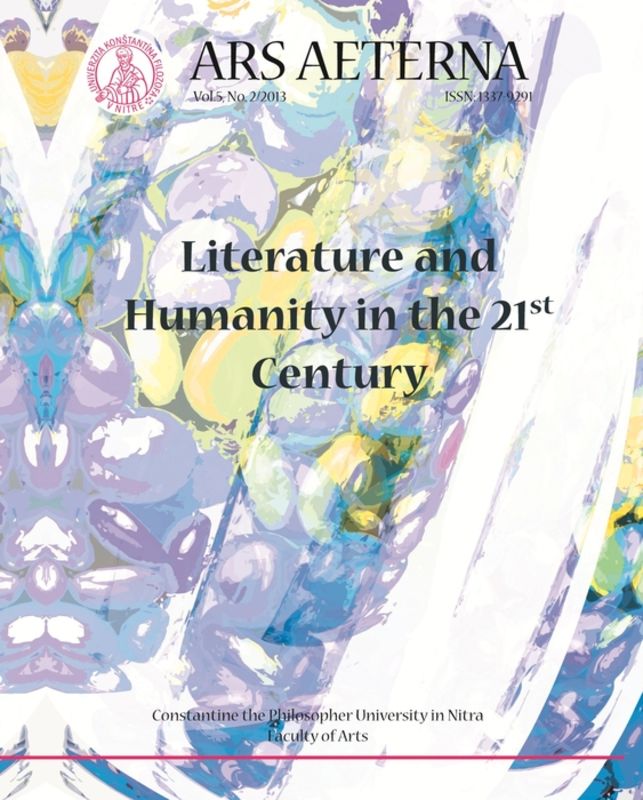Hawthorne’s Miriam – a female enigma: A seductive femme fatale or a victim of abuse?
DOI:
https://doi.org/10.2478/aa-2021-0002Abstract
In his last published novel, The Marble Faun (Hawthorne, 1974), in spite of his seeming sympathy for Miriam’s plea for friendship, Hawthorne’s narrator relates to Miriam as a “guilty” and “bloodstained” woman, who similarly to the female Jewish models portrayed in her paintings, carries misery, vice and death into the world. The narrator’s ambiguity vis-à-vis Miriam’s moral fibre, on the one hand, and his infatuation with the beautiful and talented female artist, on the other, stands at the heart of the novel. The goal of this paper is mainly addressed at examining Miriam’s position in Hawthorne’s fiction, through an analysis of his treatment of his other “dark” and “light” women. Furthermore, I enquire whether Miriam is to be perceived in terms of the popular stereotypical representations of Jewish women (usually, Madonnas or whores), or whether she is granted more original and idiosyncratic characteristics. Next, I discuss Hawthorne’s treatment of Miriam’s artistic vocation, discerning her distinctiveness as a female Jewish 19th-century artist. Finally, Hawthorne’s unconventional choice of Rome as the setting for his novel unquestionably entails reference to the societal, cultural and political forces at play.
Downloads
Published
Issue
Section
License
Copyright (c) 2021 Irina Rabinovich

This work is licensed under a Creative Commons Attribution-NonCommercial-NoDerivatives 4.0 International License.

